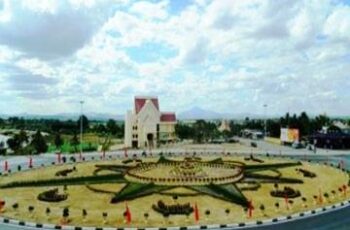Ad Blocker Detected
Our website is made possible by displaying online advertisements to our visitors. Please consider supporting us by disabling your ad blocker.
After thousands of years of history of being attached to nature, mountains and forests, Xo-dang people often choose places with charming rivers and streams and sheltering primeval old forests to establish villages and Vi Ro Ngheo, Dak Tang commune, Kon Plong district is also such a village. What makes this small village special is that the people are conscious of preserving and promoting traditional values, preserving a clean living environment and keeping the forest for tourism.
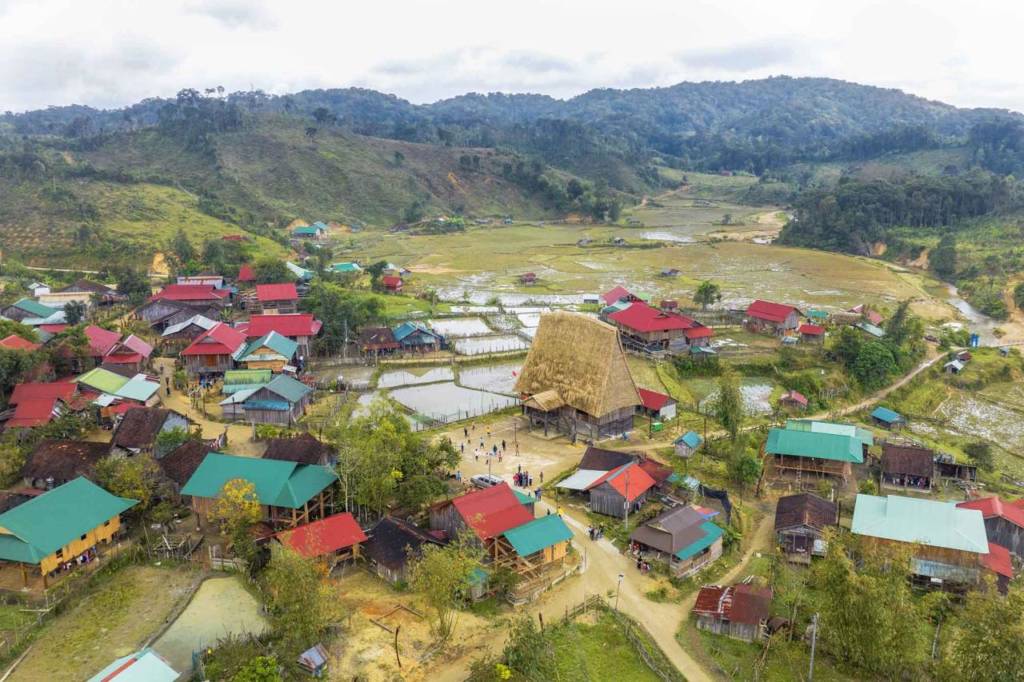
From Mang Den town, Kon Plong district, go northwest about 40km along provincial road 676 to Mang But bridge, then turn onto the inter-village road for another 7.5km to Vi Ro Ngheo village, a small village nestled in the middle of the mountain. The forest is pristine and separate from other villages.
Vi Ro Theo village is located at an altitude of 1,250m above sea level, surrounded by the Ngoc Mang Chu mountains to the south, Ngoc Ki Ruong, Ngoc Chang to the west, and to the east and north are fields. Steps cascading next to almost intact primeval forests.
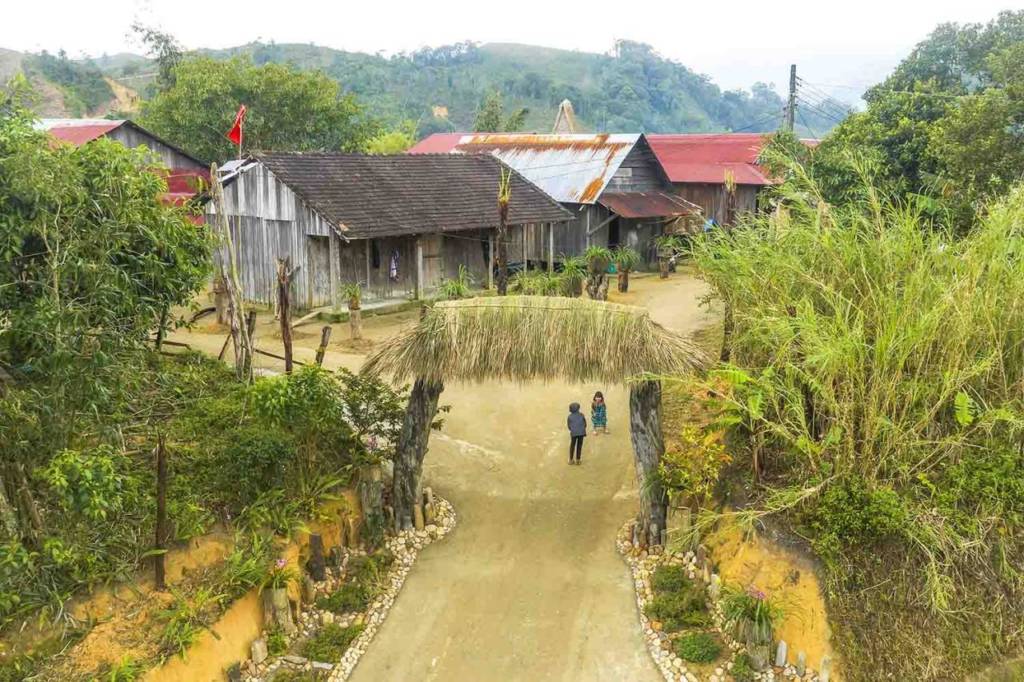
Vi Ro Ngheo in Xo Dang language means a land with a cold climate, this is also the name of a stream flowing through the village. Since ancient times, the Xo-dang people came to this rich land to live and establish villages and used the name of this stream to name their village as a clear, specific indication of the location of the community. The first people came here to make a living and start a business.
Vi Ro Theo Stream originates from Ngoc Kring range, where the highest peak is about 2,025m above sea level and about 5km from the village as the crow flies. The stream winds through ravines, rapids and terraced fields before flowing into Dak S’Ngé river.
It is the majestic high mountains, primeval forests, streams, fields and lovely small houses that contribute to making Vi Ro Theo a landscape painting, charming and strangely poetic.
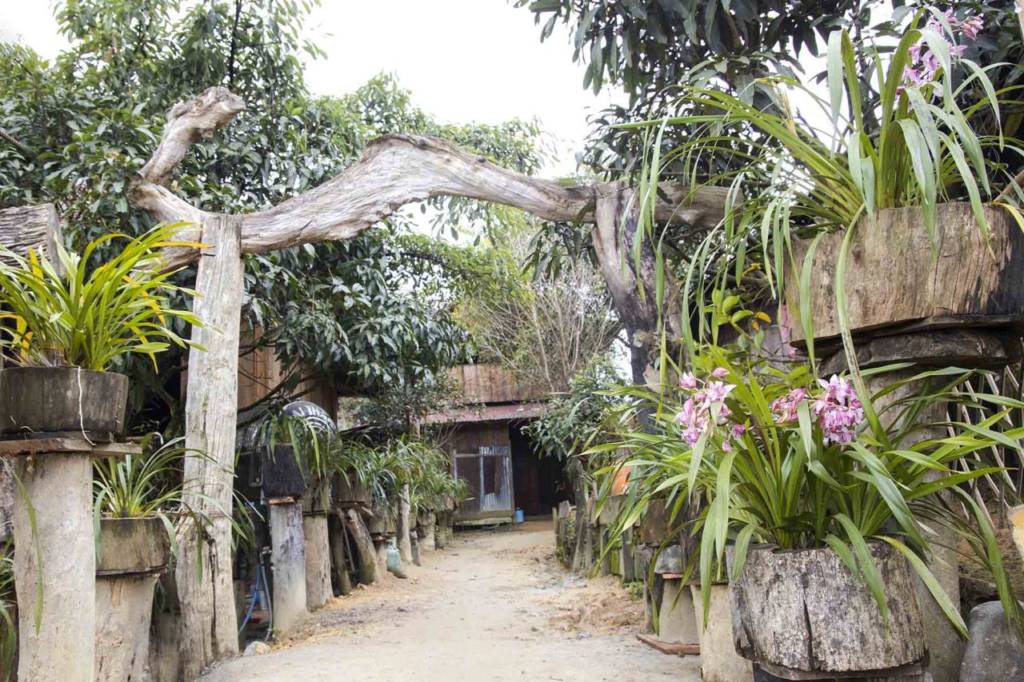
Life in the village is also very peaceful, gentle and friendly. Vi Ro Theo village currently has 63 households, more than 300 people, 100% of whom are Xo-dang ethnic people. In the middle of the village there is a spacious communal house, about 20 meters high. This is where traditional folk festivals take place, where traditional gongs, gongs, drums, weapons… are kept, and is also a place to welcome people. Khanh Quy came to visit the village.
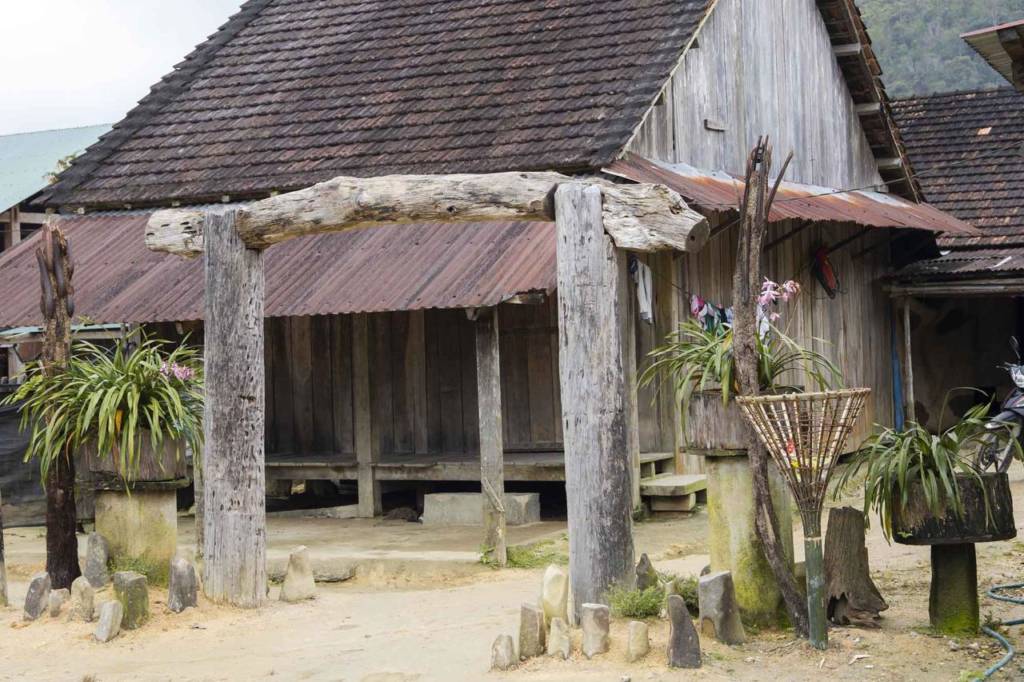
People here see the communal house as a symbol of culture and the soul of the village, demonstrating the connection between the community and between the villagers and the gods. Around the communal house are lovely small wooden houses, along the village and in the fields there are rice warehouses built by people to store rice after each harvest.
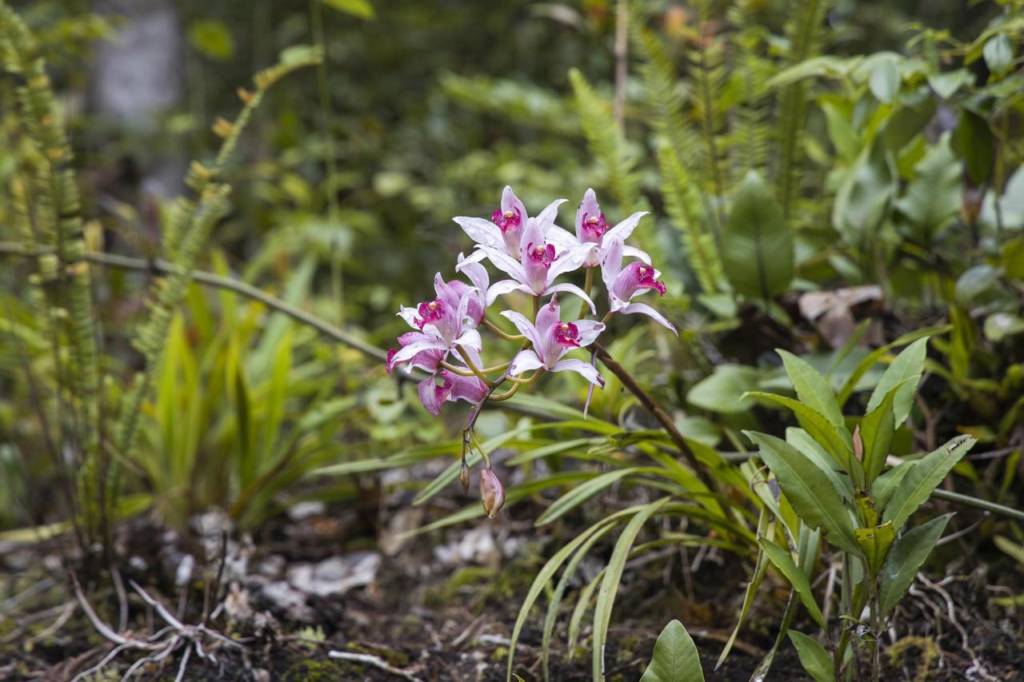
The Xo-dang people here are inherently gentle, simple, and hard-working. Due to the separation and difficulty of the terrain, people love and support each other even more during hardships. Recently, they have been conscious of preserving and promoting traditional cultural values for tourism and moving towards building a community cultural tourism village to serve tourists from near and far.
Currently, Vi Ro Ngheo village has a gong and sinus dance team with 32 artisans, 1 set of traditional gongs and 1 set of improved gongs. Artisans have been practicing and passing on their craft to each other for many generations. Like many villages in the Central Highlands, gongs and sinus dances are indispensable in festivals and traditional activities here.
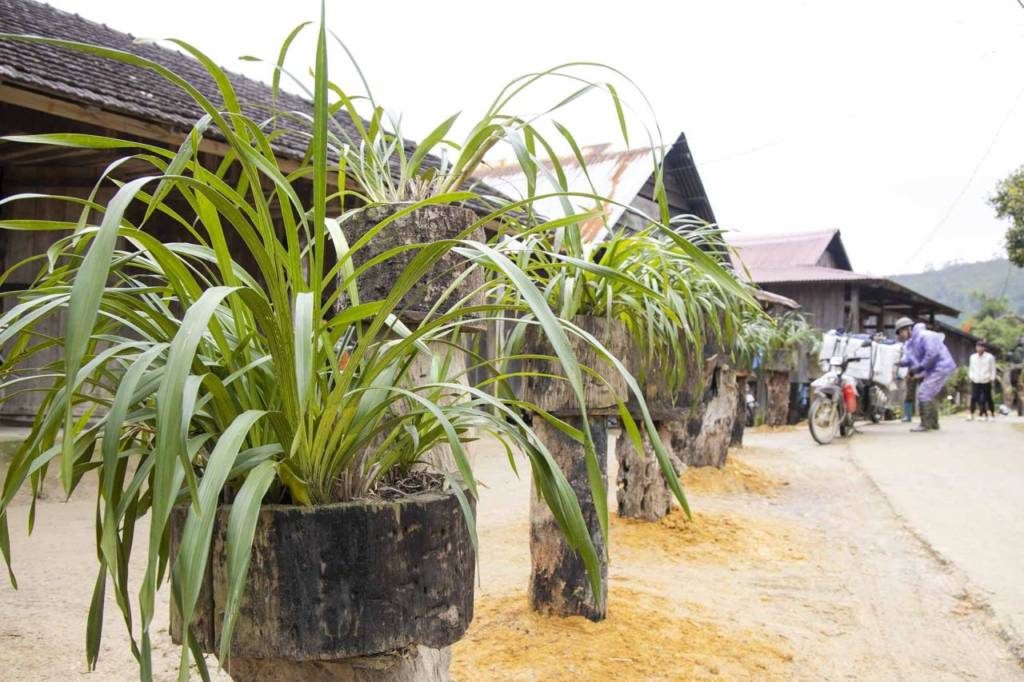
The Vi Ro Theo people still keep many traditional festivals such as the water trough making ceremony, the new rice celebration, the buffalo barn building ceremony, the new communal house, the sowing ceremony… The villagers’ cuisine is wild vegetables and natural foods. produce such as chickens, goats, pigs, sticky rice, upland rice, noodles, ginseng and self-caught fish, crabs and snails from the stream, and self-made wine. The village’s traditional occupations are bamboo and rattan weaving and brocade weaving.
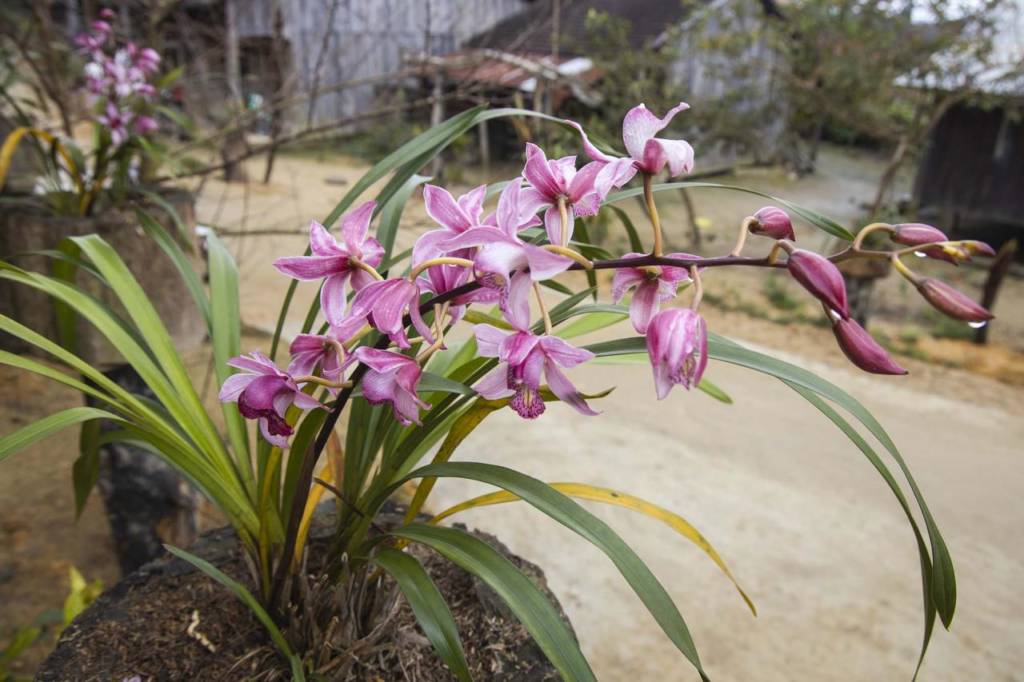
The special thing that only exists in Vi Ro Theo that other villages do not have is that almost every house grows orchids. The orchids here are mainly brought by people from distant forests and planted in bushes placed around the house, fence or in front of the gate. The cool climate combined with high humidity all year round are excellent natural conditions for orchids to grow. There are many types of orchids here, but mainly the pink sword and yellow tiger cymbidium orchids. The blooming period lasts from December to February of the following year.
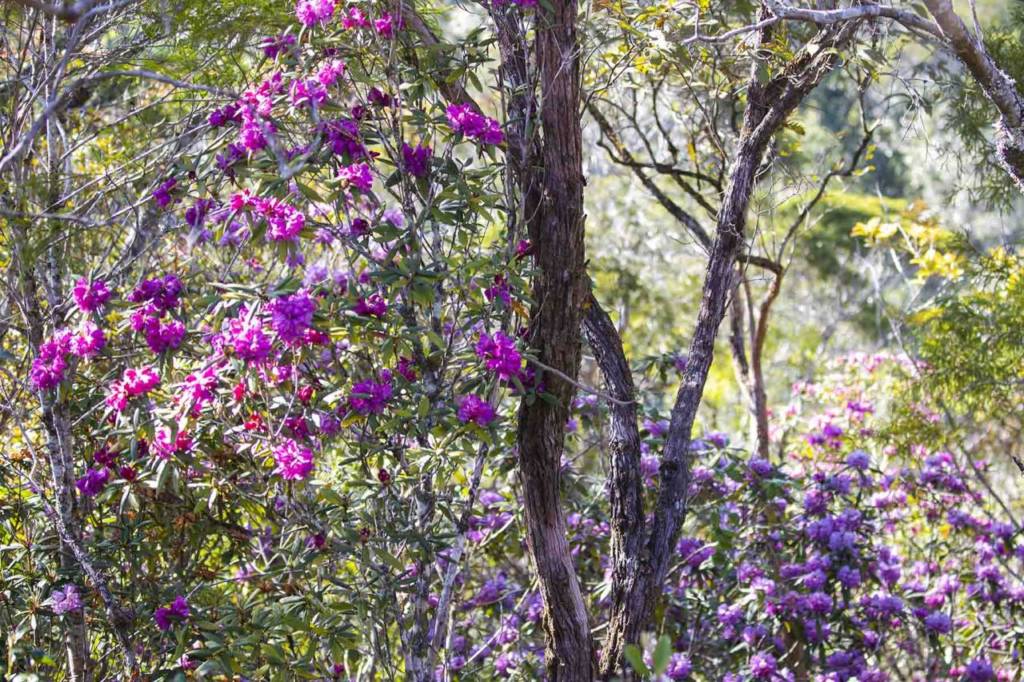
Besides, on the mountain ranges around Vi Ro Ngheo there are ancient, towering azalea forests, blooming right on Lunar New Year, which also coincides with the blooming of cymbidiums, making the forest even more brilliant and beautiful. more lively.
One of the beautiful rhododendron forests is at Ngoc Ki Ruong mountain, only about 10 minutes walk from the village center. This is a forest that is strictly protected by people, no one is allowed to take orchids or any other plants from this forest. They just let the tree grow and bloom naturally like that for many generations. In addition, in this forest there are many ancient five-needle pine trees, coniferous forest canopy interwoven with tropical forests along with orchids, cymbidiums, ferns… creating diversity and richness. of the forest ecosystem here.
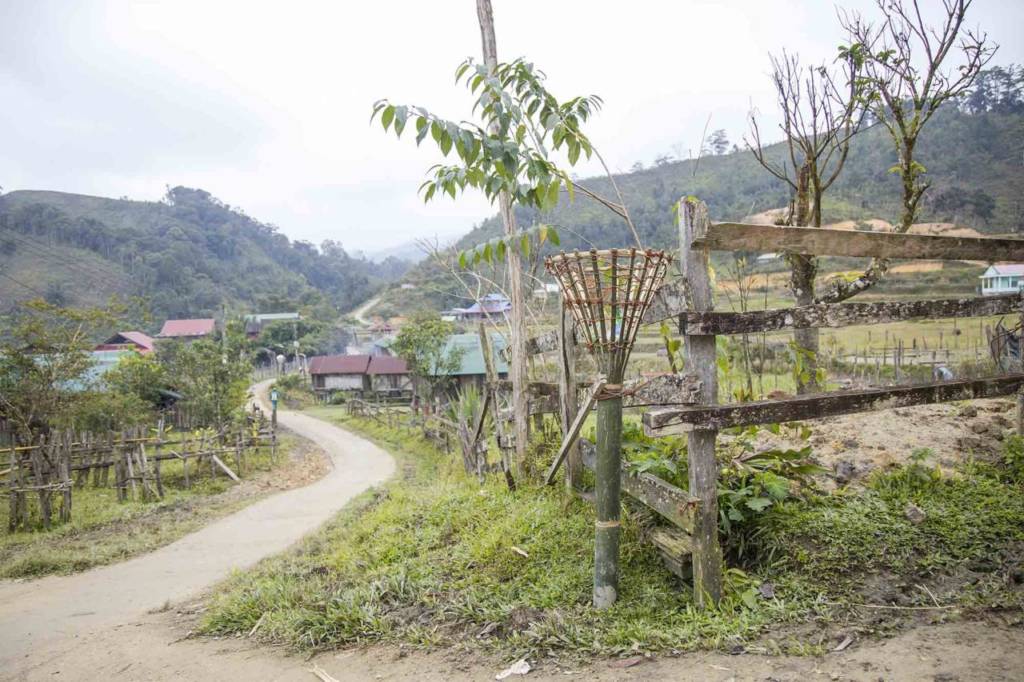
Although life is still difficult, the villagers are very conscious of preserving the surrounding environment. At every fork and intersection in the village, there are trash baskets made from large bamboo trees. People here do not throw trash into the forest, rivers, streams, or roads. Every house has a place to store daily household trash.
They planted native trees and flowers taken from the forest to create green space for the village. It was also surprising to learn that people here never trap wild animals or use electric shock, destructive fishing methods, but only use traditional tools such as nets, fishing rods, fishing poles, rackets…
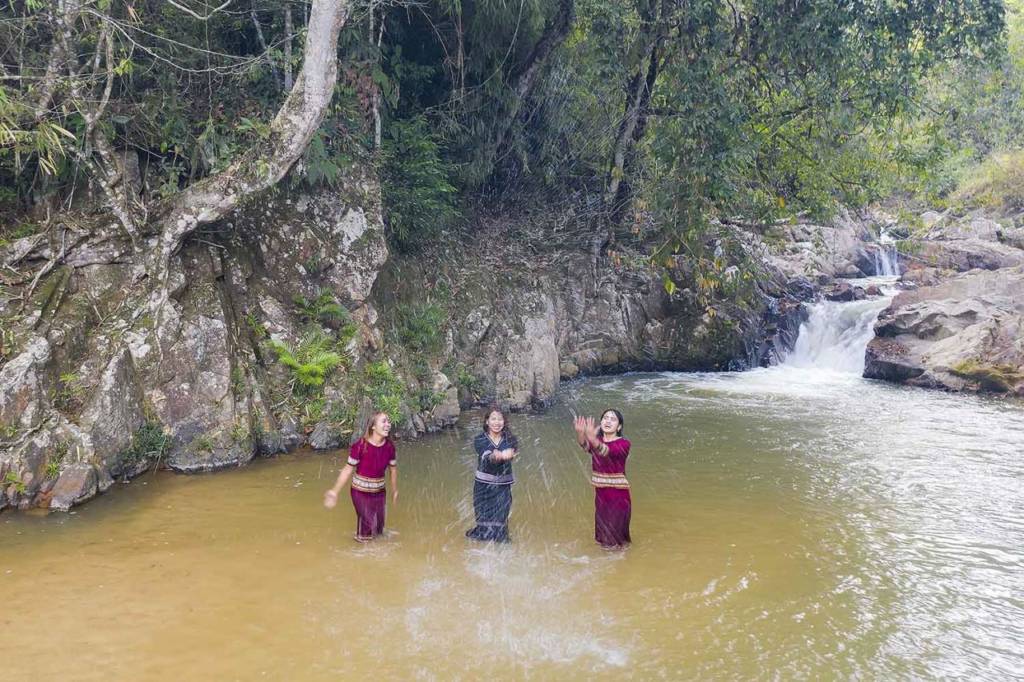
With beautiful scenery and special cultural customs, Vi Ro Ngheo village was included in the development plan by the People’s Committee of Kon Plong district to become a community cultural – tourism village with the orientation of developing many types of special tourism. such as eco-tourism, picnics, relaxation, indigenous cultural tourism… to preserve and promote the precious assets of the Xo-dang ethnic people here, and at the same time open a new direction for development. economic development, creating a stable source of income for people.
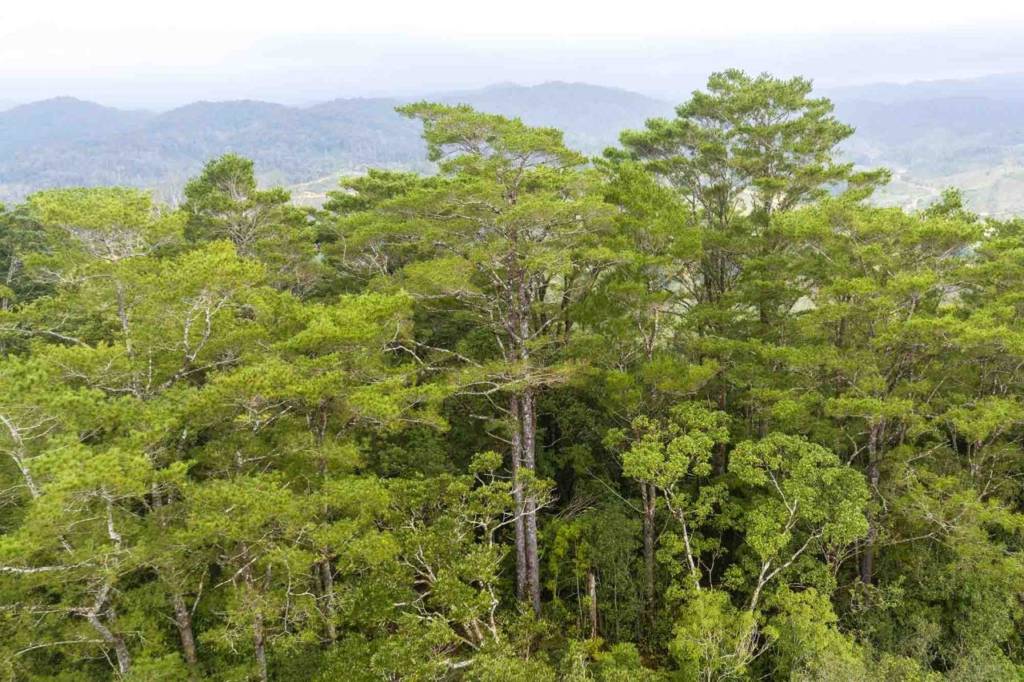
Through discussion with Mr. Nguyen Van Bay, Vice Chairman of Dak Tang Commune People’s Committee, it is known that the development of community tourism in Vi Ro Ngheo has been included in the Commune’s Party Committee Resolution. The commune has also developed plans and implementation plans for tourism development here. In recent times, the commune government has also encouraged people to practice a civilized lifestyle, beautify their home grounds, plant trees, and encourage households to participate in homestays to serve accommodation and repair activities. intra-village transportation, preserving and promoting traditional professions and cultural customs, reforesting areas that were previously destroyed…
At the same time, the commune also proposed to the District People’s Committee to allocate funds to invest in construction and repair of infrastructure, clean water systems, lighting, sports fields, training of tourism personnel… Combine capital sources to support production development associated with tourism and local socio-economic development.
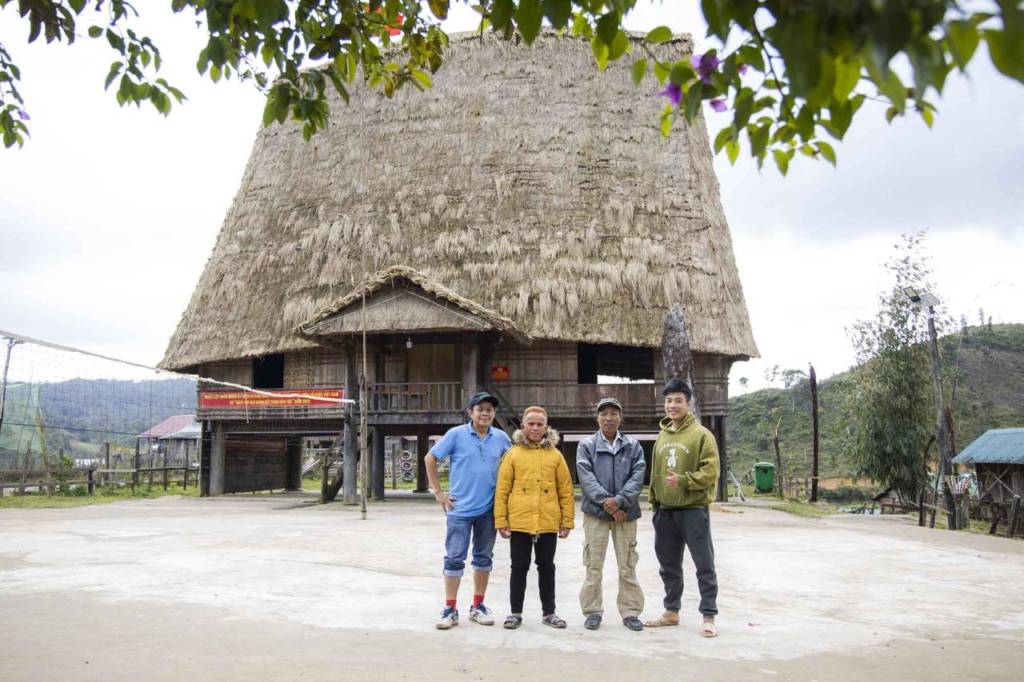
Mr. Pham Van Thang, Vice Chairman of Kon Plong District People’s Committee, said that the construction and tourism development work in Vi Ro Ngheo village has been implemented by the district in coordination with Dak Tang commune since 2020. Up to now, the items Transportation, picnic locations, accommodation facilities, food service, gong artisan team… have also been basically completed, ready to serve tourism activities in the village. In the near future, the District People’s Committee will complete procedures and propose to the Provincial People’s Committee to recognize Vi Ro Ngheo as a community tourism village with a full range of activities, serving domestic and foreign tourists.


